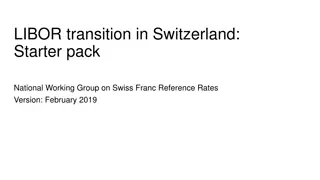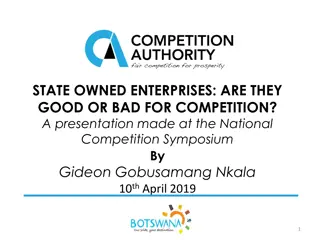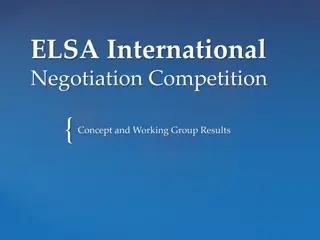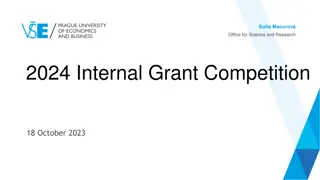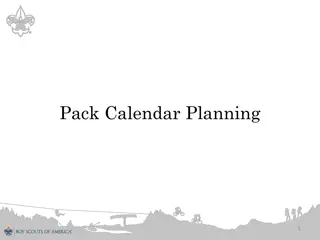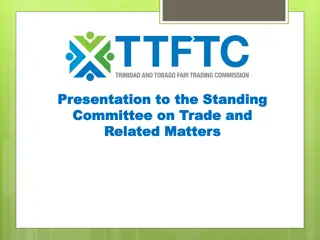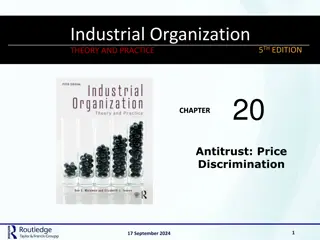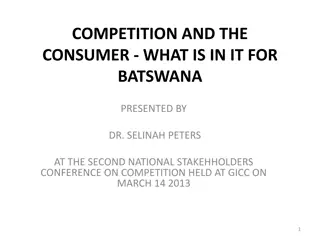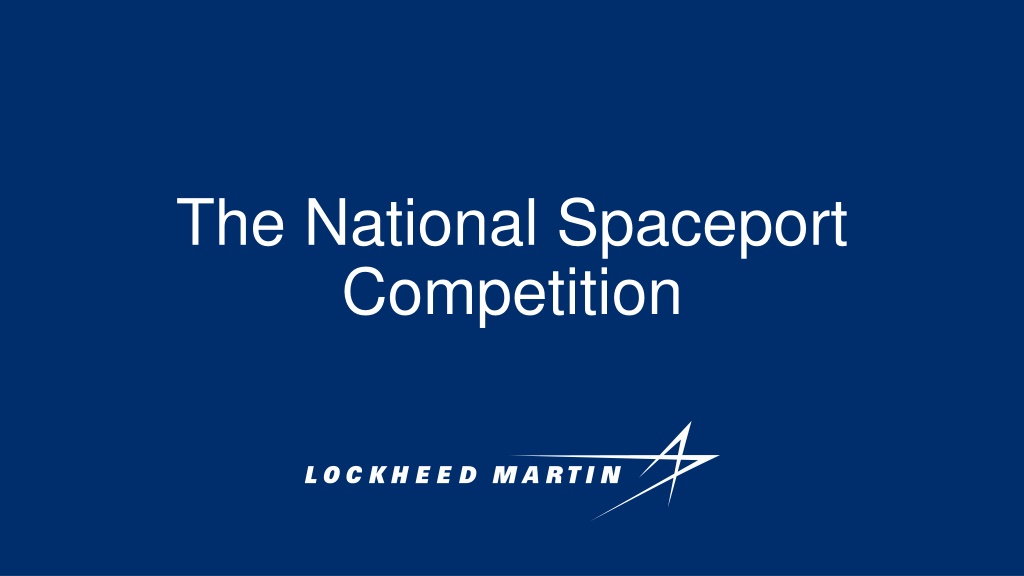
National Spaceport Competition for UK Students
Join the National Spaceport Competition encouraging UK students in spaceflight design. Develop key skills, learn about the space sector, and stand a chance to win exciting prizes! Engage in multidisciplinary projects and gain insight into the future of UK space missions.
Download Presentation

Please find below an Image/Link to download the presentation.
The content on the website is provided AS IS for your information and personal use only. It may not be sold, licensed, or shared on other websites without obtaining consent from the author. If you encounter any issues during the download, it is possible that the publisher has removed the file from their server.
You are allowed to download the files provided on this website for personal or commercial use, subject to the condition that they are used lawfully. All files are the property of their respective owners.
The content on the website is provided AS IS for your information and personal use only. It may not be sold, licensed, or shared on other websites without obtaining consent from the author.
E N D
Presentation Transcript
The National Spaceport Competition
The National Spaceport Competition #StudentSpaceport The National Spaceport Competition is a collaborative outreach event, designed to promote UK spaceflight with younger audiences and inspire the next generation. Brief: Guided design of a UK spaceport in small teams. Exciting prizes for teams and schools are up for grabs including STEM Grants, exclusive guided tours of UK Spaceports and participation goody bags! Topics: Multidisciplinary projects, engineering, sustainability analysis, budgeting, team work, presentation delivery. Key Info: Date: 5th October 2021 (World Space Week!) Target Age Groups: Year 7 (P7) and Year 8 (S1) LOCKHEED MARTIN PROPRIETARY INFORMATION BRINGING THE UK LAUNCH INFRASTRUCTURE TOGETHER TO INSPIRE THE NEXT GENERATION 2 Presentation Name or Footer (Optional)
Background The UK has a leading small satellite industry with the capability to develop and operate missions for commercial and academic customers. The Government views this capability as critical to develop as part of its ambition to gain 10% of the global market share by 2030. This ambition has pushed the UK to expand the capabilities it can offer. With the Space Industry Act gaining Royal Assent in 2018, the UK will soon have the ability to launch small satellite missions from horizontal and vertical launchers operating from spaceports located around the UK, and could be the first in Europe to do so. This will enable the UK to remain competitive and a global leader in space satellite missions. The Spaceflight Programme, run by the UK Space Agency, invested over 40M to develop three spaceports in Cornwall, Shetland and Sutherland. The selection of these three sites has required much consideration... Shetland - Vertical Launch Cornwall - Horizontal Launch Sutherland - Vertical Launch
How do Students Benefit? Participating students will: Gain an insight into the Space Sector and how important it is to the UK. Develop an understanding of Spaceports and Launch Vehicles, including how trade-offs are considered between performance, cost and the environmental impact of any programme. Build on teamworking and presentation skills learning the lesson that having the idea is only half of the solution; you must be able to talk to people about it. Hear directly from industry leaders working to make the first UK Launch happen. Have the chance to win awards and prizes for their school, as well as prizes for their team. Including a 1,000 STEM grant to be split between the top teams!
Basic Competition Flow Phase 2 Spaceport Design - Considering Constraints Further Instruction Focusing on Realities Constraints of Budget and Environmental Concerns Phase 1 Spaceport Design - Not Considering Constraints Final Presentation of Spaceport Design General Overview of Spaceports Submission (by the 8th of October) Throughout the day we will include pre-recorded videos from UK Launch Infrastructure leaders . Submissions will be marked on: 1. Quality of Presentation 2. Cost 3. Performance 4. Environmental Impact Announcements and Prizegiving
Agenda (Morning Session) Timings can be adjusted to fit your school day Time (start 10:00) Item Description 10:00 10:05 Video: Introduction to the National Spaceport Competition Welcomes the students to the competition; introducing the Lead Sponsors and Supporting Organisations. This section will explain the overall learning objectives and how the day will run. 10:05 10:15 Class Discussion: What does Space do for us? Teacher led discussion asking the students what they think space is used for. Background information and summary graphics will be provided. Intention is to show students that space is integral to their everyday (GPS, Satellite Television, etc.) 10:15 10:25 Video: Why is UK Launch Important? Lockheed Martin Provides an overall picture of the UK Launch programme and why it s important to the UK s broader aspirations for Space. 10:25 10:35 Video: Vertical Launch Saxavord UK Space Port Introduction to vertical launch, how you achieve it (including what is required at your Spaceport) and pros/cons. Real life, exciting developments are highly encouraged. 10:35 10:45 Video: Horizontal Launch Spaceport Cornwall Introduction to horizontal launch, how you achieve it (including what is required at your Spaceport) and pros/cons. Real life, exciting developments are highly encouraged. 10:45 10:50 Video: Overview of Phase 1 Spaceport Design Explains that students shall form teams and conduct preliminary design of their spaceport. Groups will have to decide whether they are doing vertical or horizontal launch and decide what items from the infrastructure list are essential and what are nice-to-haves . Which nice-to- haves are important/beneficial? 10:50 10:55 Teacher Direction: Assemble students into teams Ask students to get into teams of 4-5. It may be worth holding a quick vote on to find out which launch method students prefer. This could be used to help split teams. It should be noted that BOTH methods are equally valid and can score as high as the other. 10:55 12:00 Group Discussion: Phase 1 Spaceport Design Students to follow worksheets to create Phase 1 Spaceport Design. This will involve selecting their launch method; identifying their essential infrastructure; justifying their additional elements; mapping their spaceport out on their selected map (at this stage no constraints are provided). If time permits, teams should take it in turns to explain and discuss their designs with the class. 12:00 13:00 LUNCH
Agenda (Afternoon Session) Timings can be adjusted to fit your school day Time (start 10:00) Item Description 12:00 13:00 LUNCH 13:00 13:10 Video: Microgravity and Astronaut Training Blue Abyss Gives students an overview of what Blue Abyss does to support Human Spaceflight, explain microgravity research and talk about parabolic flight as a part of launch infrastructure. 13:10 13:20 Video: Design Trade-Offs and Constraints RAeS Explains that with any aerospace product we must consider both the cost and the environmental impact. Talk through some important environmental case studies applicable to the RAeS and link this in with space sustainability. Will also talk to the exciting jobs available in the UK Space Sector and provide students with some good, impartial careers advice. 13:20 13:25 Video: Overview of Phase 2 Spaceport Design Explain that in this phase teams will need to update their spaceport designs considering the following; physical constraints that have appeared on their maps (some of which they can pay to resolve); environmental impact of their spaceport (this can be improved at increased cost); cost how expensive is the Spaceport; productivity how much useful output can your spaceport provide? When satisfied with their design each team will need to present their final design and conclusions. The best designs will demonstrate a good balance between cost, performance and environmental impact; note that it is impossible to score full marks on everything, i.e. the best environmental impact and cost scores could be achieved by doing nothing, but that wouldn t be a very useful spaceport when it came to performance! 13:25 14:30 Group Discussion: Phase 2 Spaceport Design Teams to work through tutorial sheets and their final presentation sheets 14:30 14:55 Class Presentations and Discussion: Spaceport proposals Divide this time between your groups to talk through their Spaceport proposals and discuss any key decisions. The intent is for different groups to understand that there are a number of different ways to achieve a good solution; as well as the importance of a compelling proposal! Summarise and thank students for participating. They have until the 8th of October submit their proposal for review; as a standalone design sheet or a design sheet along with either a 3 minute (maximum) proposal video or a PowerPoint presentation no greater than 5 slides. 14:55 15:00 Video: Wrap up!







